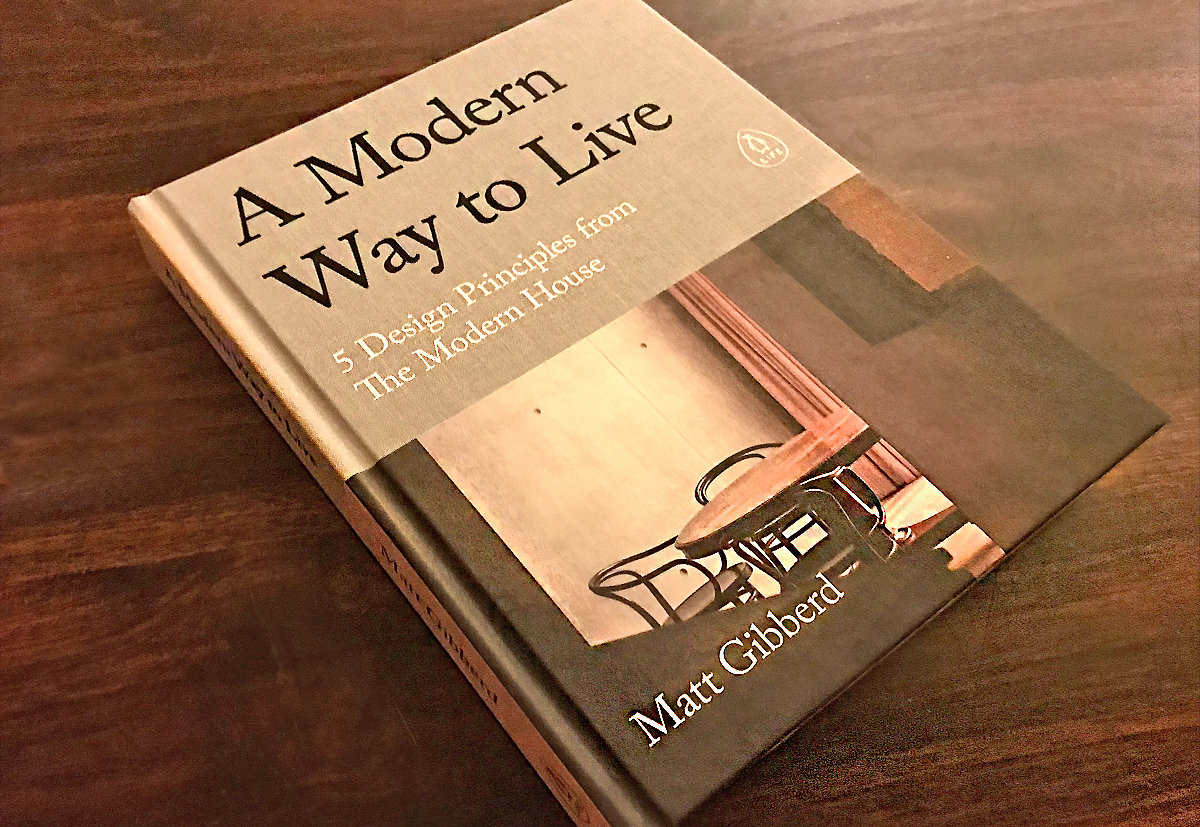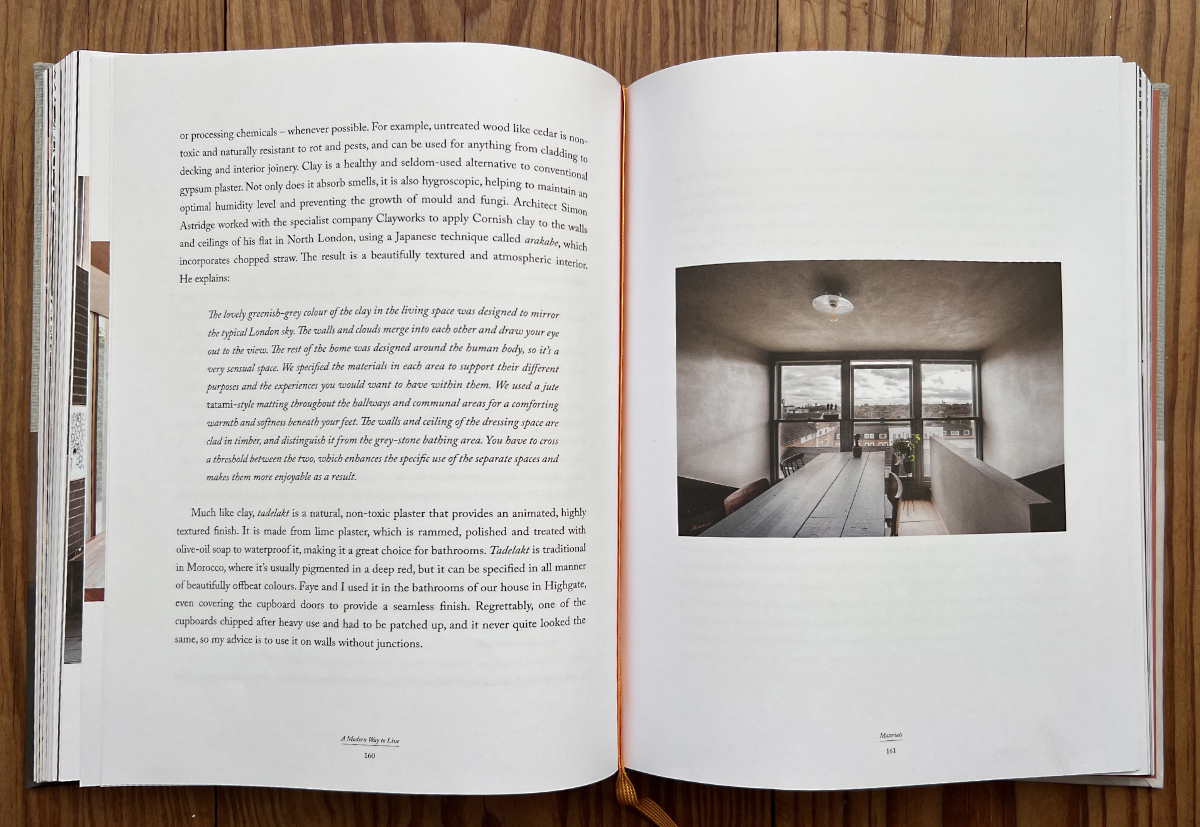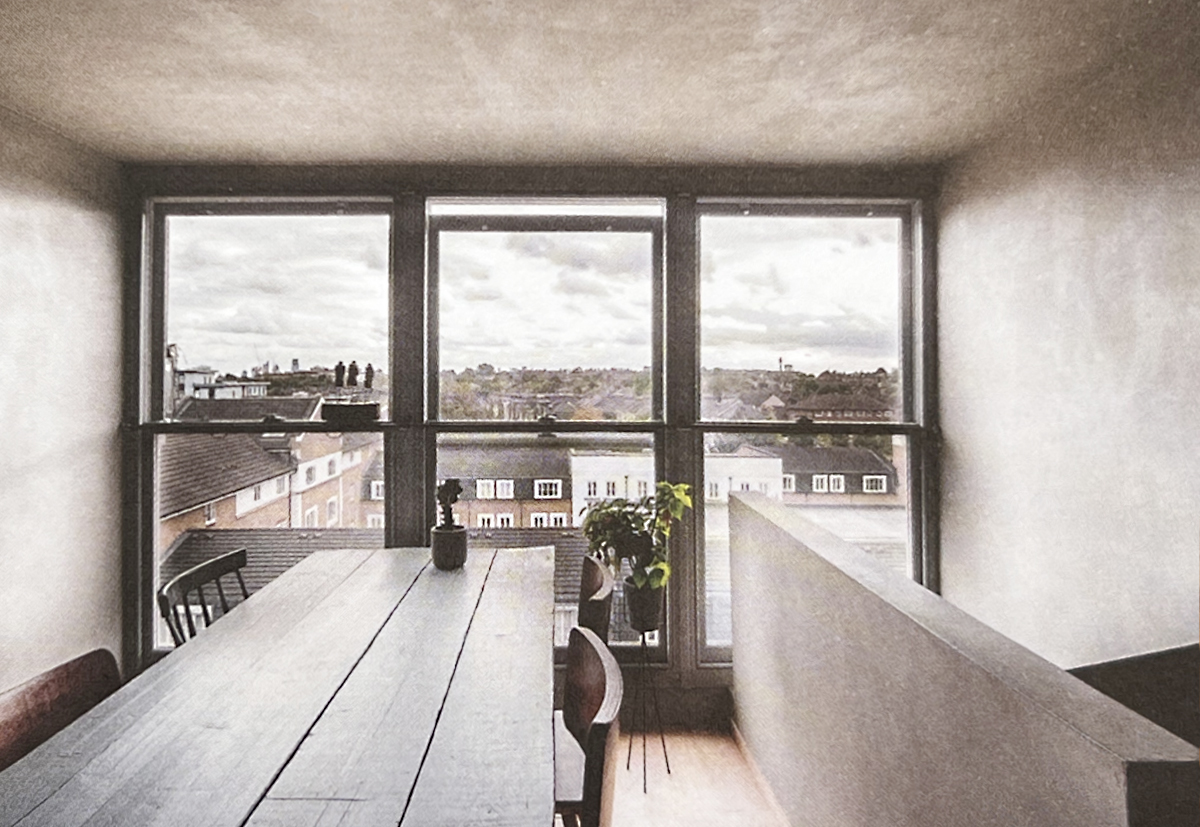
A Modern Way to Live
The current obsession at Clayworks is this new book we bought ourselves for Christmas – A Modern Way to Live by Matt Gibberd.
Gibberd is co-founder of The Modern House and the beautiful book draws on a career of architectural & design journalism combined with his first-hand experience of visiting some of the most beautiful, carefully considered homes in Great Britain.
With emotive photography and expert writing, Matt has identified 5 key design principles for post pandemic, healthy living:
- Space
- Light
- Materials
- Nature
- Decoration
The author explores the relationship between design and the human experience, in particular physical and emotional wellbeing. He writes: Human beings at every socio-economic level should have access to a home that gives them not only physical support by psychological support as well.
Exploring materials, Matt dives deeply into 5 sub-principles of good design:
- Truth to Materials
- The Perfect Imperfection of Materials
- Materials and Health
- Materials and the Environment
- Playing with the Materials.
Humans lived in agrarian settings for thousands of years, Matt points out, so it is logical that we derive great comfort and solace from natural materials. Natural materials change, they weather, they age, they become flawed. They are transient. These are concepts embraced by the Japanese, who saw these imperfections as perfect. Wabi-Sabi teaches us to accept transience and find joy in weathered surfaces, mismatched materials and the natural ageing of humble materials. The Wabi-Sabi concept has long influenced the direction of Clayworks, as has the work of the masters of Wabi-Design, Axel Vervoordt and Vincent Van Duysen, both referenced in the book.

Health is the underlying theme of the book: a sort of sensory, psychological, emotional wellbeing. As Matt say about post pandemic life: We are even more aware of the need for healthy interiors. We now place a higher demand on our interior materials, which not only look good and provide comfort, but also be uncontaminated and non-toxic. Kitchens and bathrooms are particularly sensitive areas of the home in which choice of materials plays an essential role.
The Clay House, designed by Simon Astridge and finished with Clayworks Clay Plasters throughout, is highlighted as an example of a healthy alternative to conventional gypsum plasters. Not only does it absorb smells, it is also hygroscopic, helping to maintain an optimal humidity level and preventing the growth of mould and fungi.
Astridge is quoted as saying: The lovely greenish-grey colour of the clay in the living space was designed to mirror the typical London sky. The walls and clouds merge into each other and draw your eye out to the view.
The Clay House is also featured as one of our Case Studies.


